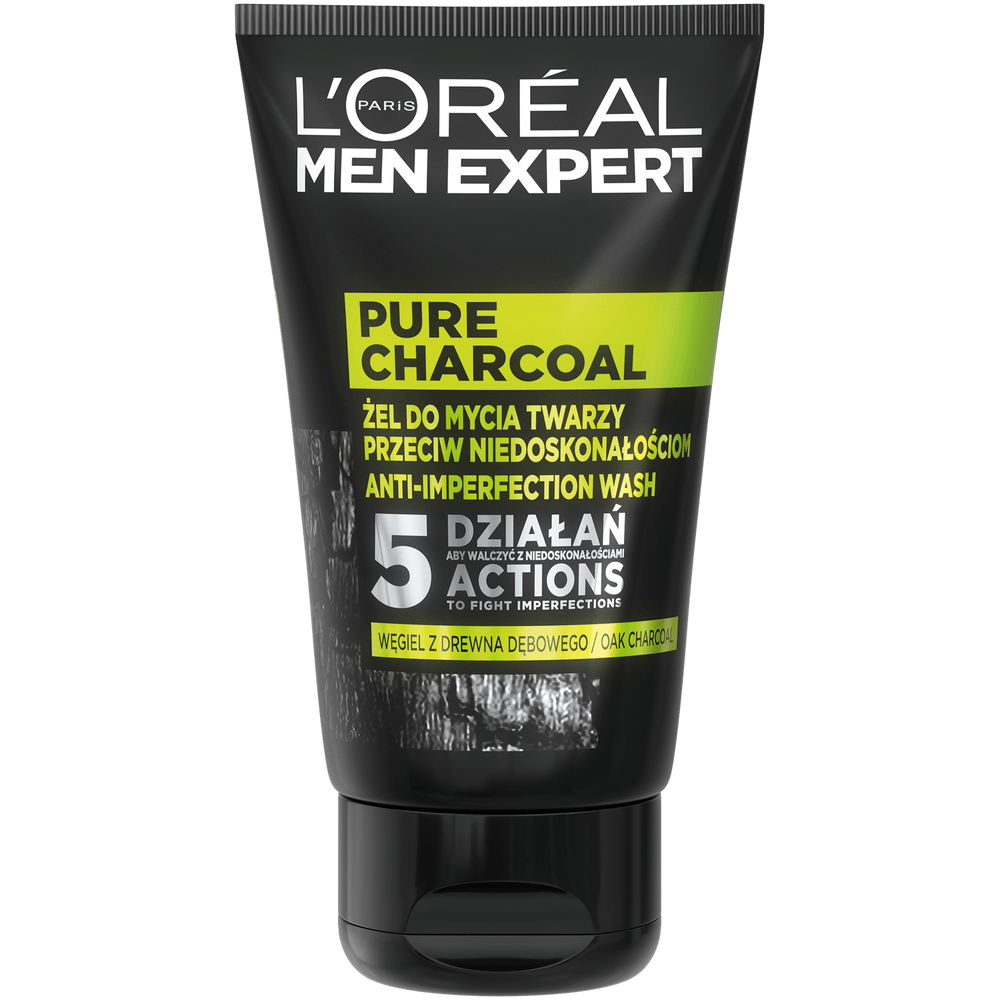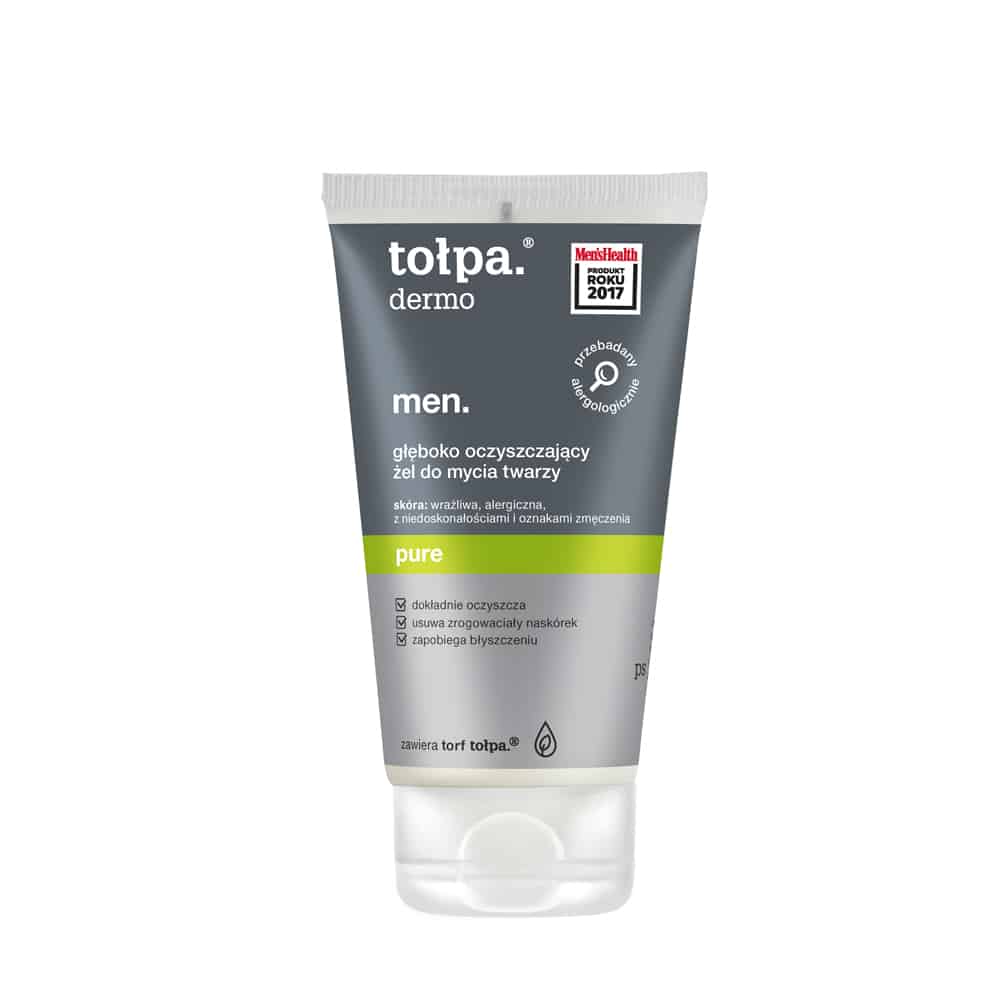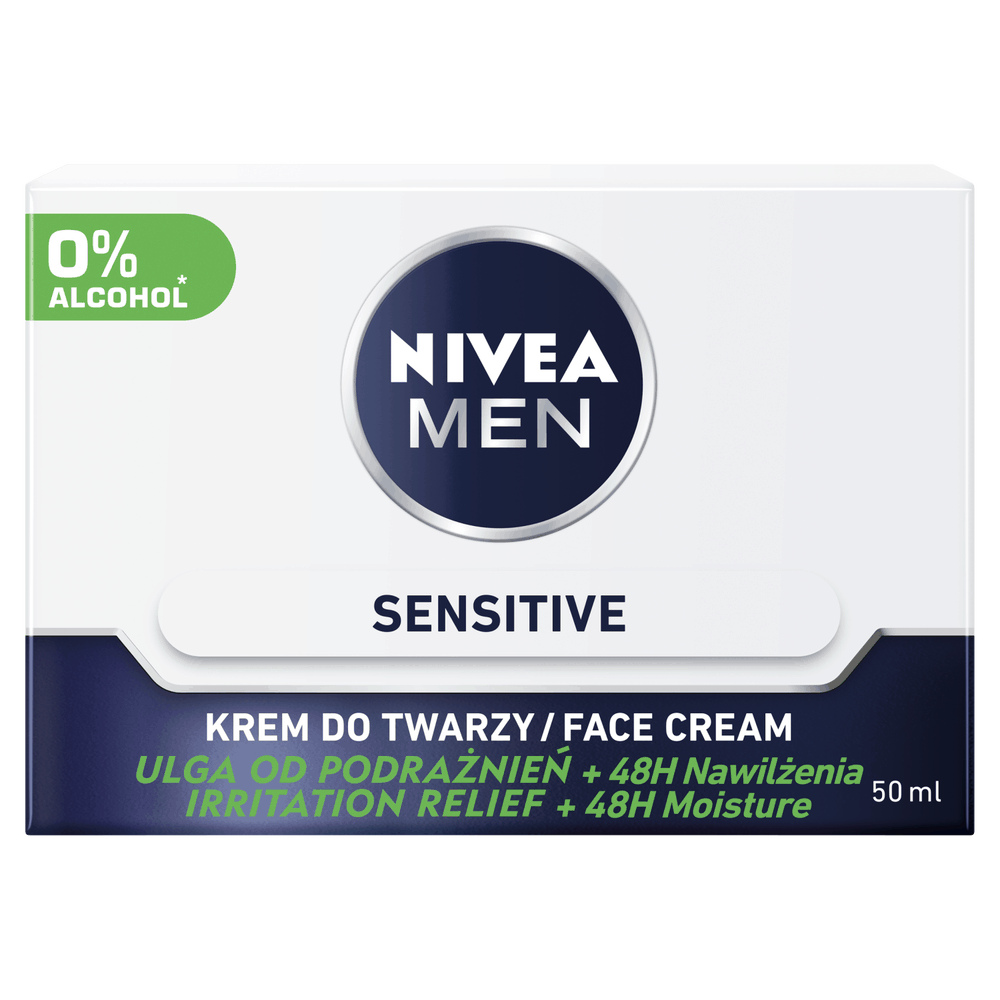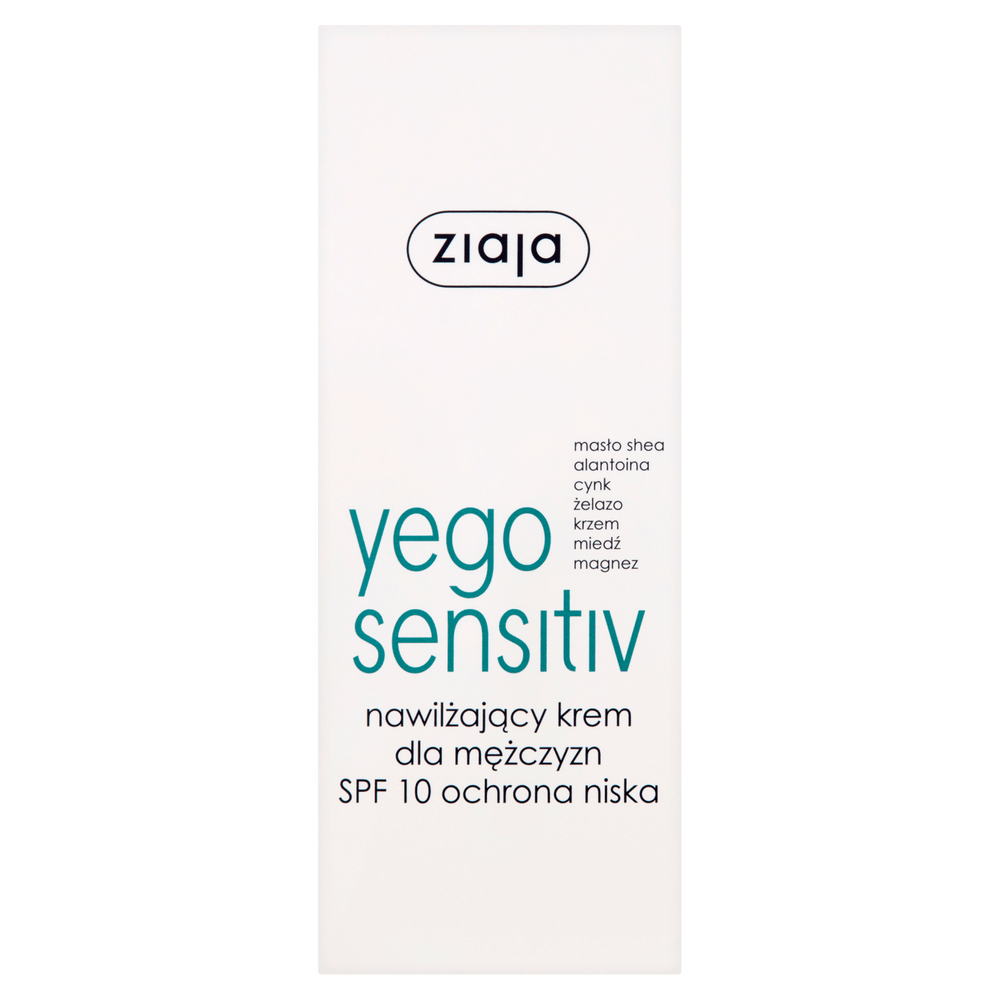In the wake of the Covid-19 outbreak, an order has been placed to cover the mouth and nose in public places. People comply with this recommendation most often by wearing a protective mask. However, this solution can have a disastrous effect on the state of the skin. Under the material there are very good conditions for microorganisms – including those that cause acne. How to properly take care of your skin during a pandemic? How to effectively get rid of pimples?
Before you start worrying that wearing a mask is very unhealthy and is also the cause of irritation and pimples – let me explain to you where it comes from in the first place. Protective masks have been worn by laboratory and healthcare workers for decades. Your skin can rebel against them if you don’t follow the directions. The bottom line is that you should wear the mask for a maximum of two hours, then you should replace it with a new one and throw away the old one or wash it at a high temperature. The truth is that the longer a pandemic lasts, the less people attach importance to following the recommendations. I’m sure you’ve left the house wearing your mask from the day before without washing it first. So, the first step to get rid of pimples associated with wearing a mask, will be the hygiene of the masks themselves
Your facial skin should be cleansed regularly of makeup, dirt and dust. You must keep in mind, however, that overdoing it is not advisable either. This can lead to excessive dryness and skin irritation. It is enough if you wash your neck and face twice a day. For cleansing, you should use products prepared especially for this purpose, which you can buy in the form of foams or gels. Do not use soap, as this will lead to excessive sebum production. Also avoid products with alcohol in their composition, which will not only dry out your skin, but also worsen its overall condition. Wash your face with lukewarm water. It is best to do it in the morning and in the evening, so you can be sure that your skin will always be clean


Blemish-prone skin also requires exfoliation. Dead epidermal cells, which get mixed with excessive sebum secreted under the mask, are a sure way to create pimples and blackheads. Remember, however, that exfoliation cannot be exaggerated as you may make the situation worse – you may dry out the epidermis, which is a natural barrier for bacteria and factors aggravating the skin condition. Choose gentle exfoliating cosmetics, such as special night creams. While you sleep, your facial skin is gently exfoliated. Many of these products also contain a moisturizer so you don’t have to worry about excessive dryness after the exfoliation process
Cosmetics intended for moisturizing acne-prone skin should contain a small amount of fat. In addition, they must have a light formula. Ideally, the base of the product should be cyclomethicone or dimeticone – these are silicones that retain moisture in the skin. Nevertheless, they do not clog pores, are hypoallergenic and do not form a greasy layer


If, despite your best efforts, you still cannot effectively get rid of your pimples, it is worth visiting a specialist. Unfortunately, home methods are not always fully effective in such situations. Sometimes it is necessary to use a special dermocosmetic for pimple-prone skin. An excellent solution is, for example, a combination of a cosmetic calming inflammation and calming the sebaceous glands with an agent which prevents the appearance of acne discoloration. Its composition usually includes niacinamide, zinc and ceramides
Read also: HOW TO GROW A REALLY BEAUTIFUL BEARD? KNOW THE 3 STEPS TO SUCCESS
Main Photo: Gotham / Contributor / Getty Images Entertainment / Getty Images